Growers, it seems like at times, are at the mercy of many things in the pursuit of their livelihoods. Mother Nature, infestations of disease or insects, global production and supply to name a few. And currency fluctuations.
Currency volatility and fluctuation is not something a country can control in the global market place, never mind a grower or a growing area. “The most interesting thing about the Canadian dollar now, and not just our dollar, currencies around the world, is the volatility we are seeing,” says Craig Klemmer, senior agricultural economist with Farm Credit Canada in Regina. “The Brexit vote, the mixed views on the U.S. economy, the EU economy, and the sluggish Canadian economy are weighing on global markets.”
Exchange rates will ultimately impact the competitive pricing of Canadian products on the global market. It will also impact the price of inputs the farming operation requires to produce the crop.
Despite the events of recent weeks, the Canadian dollar has been trading in a $0.75 to $0.80 range so far in 2016. “FCC doesn’t see the dollar moving out of this range for the balance of 2016,” says Klemmer. “It should trade in the lower part of that range, in the 76 or 77 cent area, in our estimation.”
Oil is the biggest mover of the Canadian dollar. “There are head winds to battle in the oil business,” explains Klemmer. “U.S. inventory levels numbers are growing. Fort MacMurray production is coming back on line adding to increasing production levels globally. This all weighs the market down. “
The impact of the trading value of the Canadian dollar on agriculture really depends on the type of business individual growers are in. “In Canada, and in western Manitoba in particular, pork producers export 98 percent of their animals live into the U.S.,” says Klemmer. “Pulses are exported primarily into non-U.S. markets like India, China, and Turkey.” As the Canadian dollar loses value against the U.S. dollar, the price a hog farmer in Canada receives for his goods increases, as would, presumably, his profits.
While a lower Canadian dollar can increase prices growers receive for their goods generally, there are downsides. Farm inputs tend to increase in price and farm equipment costs go up.
“Other crops like cereals will be more impacted by what is happening to the U.S. dollar, but specialty crops will not.”
Generally, though there is little a grower can do to take precautions or reduce risk due to currency fluctuations. “Growers can forward price or hedge using futures markets but, really, they are at the mercy of these global macro-economic movements and events.”
The best advice is to stay current with world events and pay attention to more than just Canadian and U.S. dollar interactions. Our dollar performance against our closest neighbor and biggest trading partner is important, as it is seen as one of, if not the most important currencies when it comes to enabling global agricultural trade.

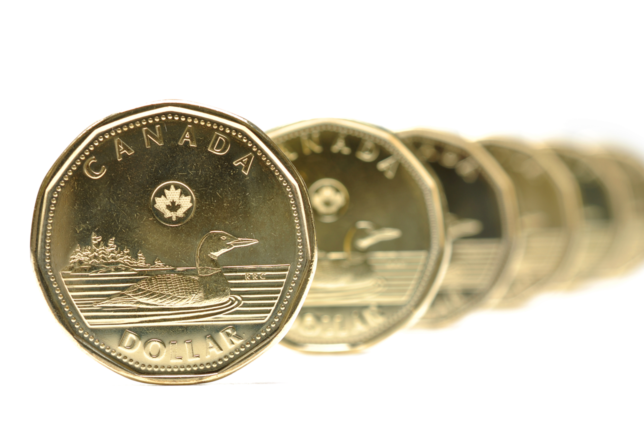
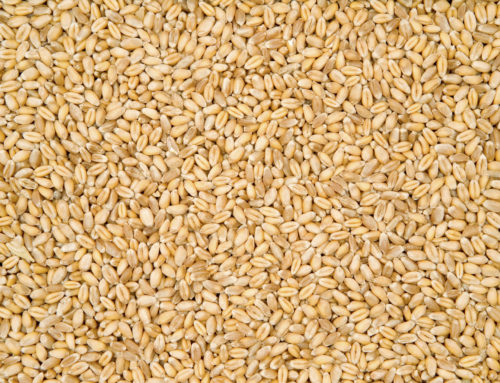
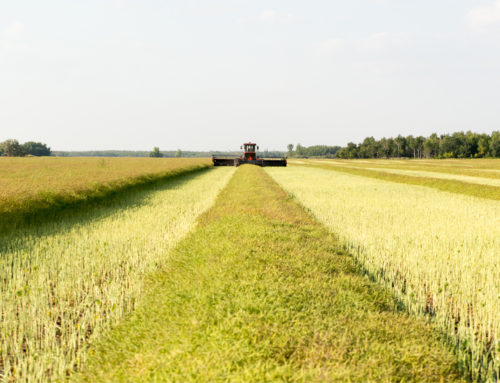
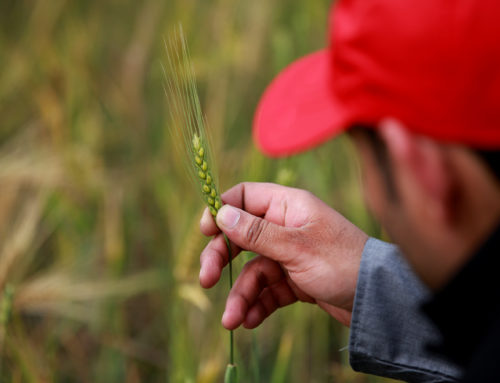
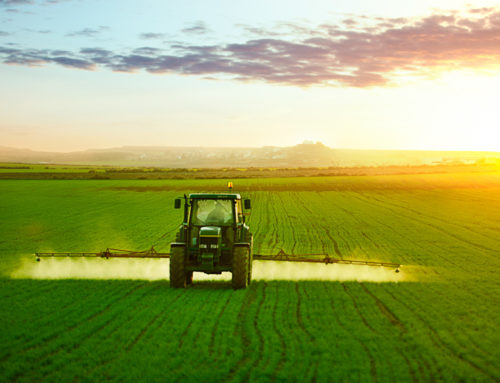

Leave A Comment